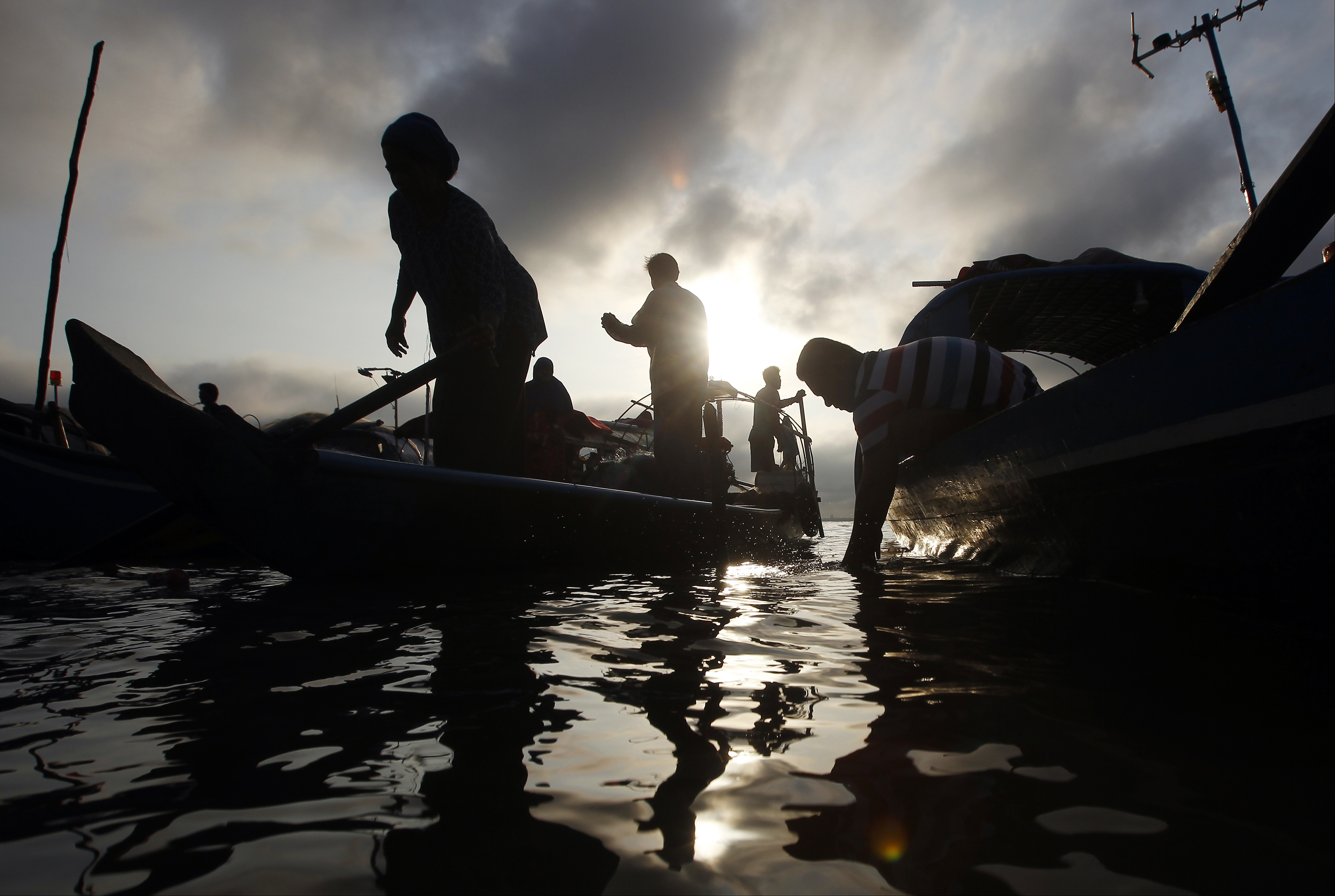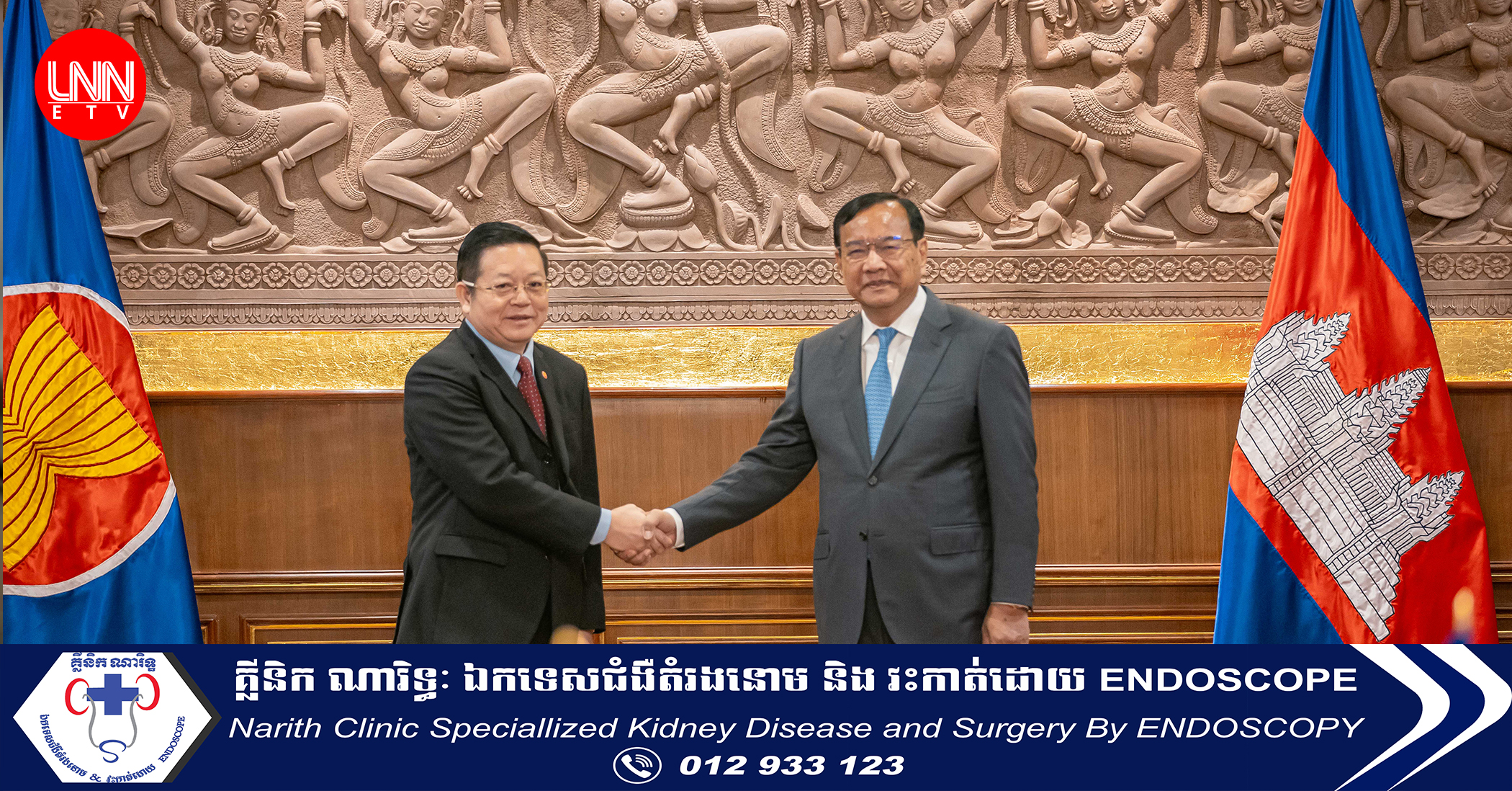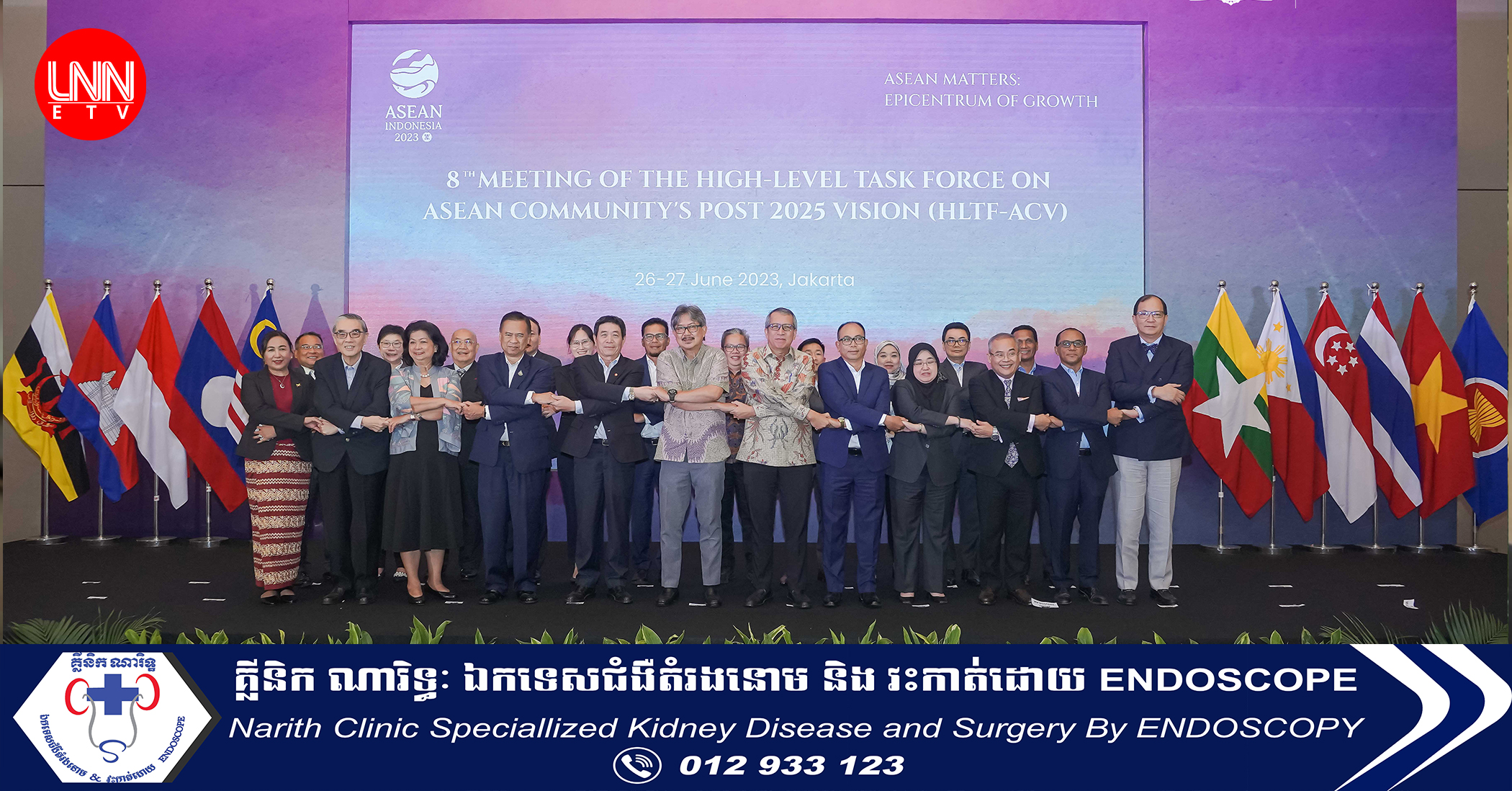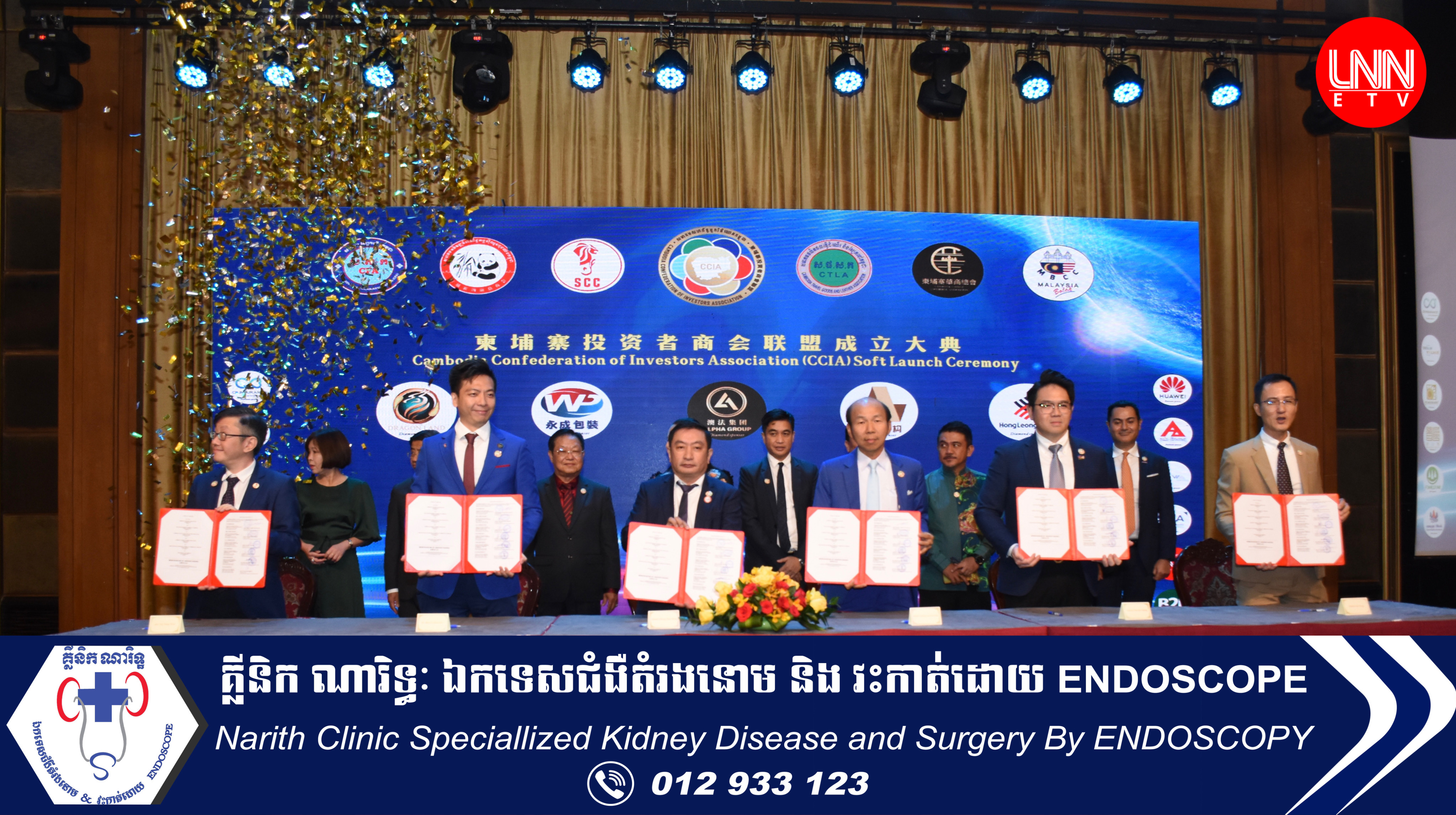
As we are meeting today, the COVID-19 pandemic is raging in all corners of the globe. The pandemic has triggered a severe global crisis in multiple aspects, ranging from public health to tourism, trade and the disruption of global supply chains. Indeed, we are witnessing unprecedented challenges. The global crisis with such a magnitude as COVID-19 reminds us that we are so interconnected and interdependent and that no country is safe unless every country is safe. In this context, we need more, not less, international cooperation and the promotion of multilateral system to form collective responses and concerted efforts to address the greatest challenges of our time. On top of that, the pandemic is reshaping the international order, which has already undergone major transformations resulting from the changing global balance of power and the intensifying strategic competition among great powers. Whatever the future of the international order might hold, small states in the region do not wish to take side. They only wish to live in peace and political stability whereby their economic development and social progress can continue to thrive. Therefore, we should not lock our mindset in troublesome realpolitik or zero-sum thinking, which have unfortunately generated countless tragedies in the history of mankind.
ASEAN in the World
I am pleased to take note with satisfaction of ASEAN’s roles over the past decades. For example, this year, against the backdrop of COVID-19, ASEAN, under Vietnam’s Chairmanship, has demonstrated unity in its collective response to the pandemic through a series of ASEAN Summits and Meetings and other joint actions. ASEAN has also been working closely with its Dialogue Partners and international institutions to contribute to the common fight against the pandemic. In the broader Asia-Pacific region, ASEAN has been the cornerstone of multilateral diplomacy. As a result, ASEAN centrality has been recognised and supported by all key players in the region. ASEAN has been playing an active role in fostering multilateralism in the region and beyond, including through ASEAN-led regional mechanisms, namely ASEAN+1, ASEAN+3, EAS, ADMM-Plus, and the ARF. Having said that, we must also admit that, as multilateralism is under stress and strategic rivalry is surging, ASEAN is
* H.E. Dr. Cheunboran Chanborey is Director-General of the Information, Research and Analysis Group of the Ministry of Foreign Affairs and International Cooperation of the Kingdom of Cambodia. He is also an Advisor to the Asian Vision Institute. facing immense pressure. Therefore, I believe that neutrality and solidarity based on ‘unity in diversity’ are key to move the ASEAN Community forward and to maintain ASEAN centrality and its relevance in the region.
ASEAN and Sub-Regional Cooperation
At the sub-regional level, ASEAN has continuously created a conducive environment for cooperation and partnership to thrive. In this connection, we must continue to work together to ensure that the existing Mekong sub-regional cooperation frameworks (such as the MRC, GMS, and ACMECS) continue to serve as drivers of growth and prosperity in the region. Moreover, ASEAN should also serve as an important link between sub-regional cooperation mechanisms in the Mekong with other sub-regional frameworks, including BIMP-EAGA and IMS-GT, in order to promote synergy and complementarity among sub-regional initiatives based on the principles of openness, inclusiveness, complementarity and local ownership. In this respect, we must continue to strengthen and streamline the existing mechanisms. We should not give priority to creating new ones.
As far as the Mekong region is concerned, sub-regional cooperation has contributed to the mobilisation of resources for infrastructure development and the fostering of socio-economic development in the region. Since the 2000s, a number of sub-regional cooperation mechanisms have been created to promote regional integration and connectivity, to narrow development gap among ASEAN Member States contributing to the ASEAN Community building process, and to advance partnership with external partners. For instance, the Mekong-Japan Cooperation was launched in 2007. Over the past two decades, this cooperation framework has contributed to the sub-regional cooperation, sustainable economic growth, and regional connectivity. Numerous projects have been implemented, including the Plan of Actions for the Realization of the 2018 Tokyo Strategy for Mekong-Japan Cooperation, focusing on three new main pillars, namely (1) vibrant and effective connectivity, (2) people-centered society, and (3) the realisation of a Green Mekong.
The Mekong-Lancang Cooperation (MLC) is another good example, which is the latest but an impactful mechanism for Mekong countries. Established in 2015, MLC has become an all- around cooperation, broad-multiple participation and project-oriented model that has contributed to the socio-economic development and connectivity of Mekong countries, the enhancement of the well-being of people, and the realisation of the ASEAN Community Vision 2025. The success of these sub-regional cooperation frameworks lies on their focus on practical cooperation, projects-based approach, and the promotion of synergy and complementarity with national development plans, regional and sub-regional integration, and above all the real needs of countries in the region and people’s local ownership. Speaking of local ownership and the aspiration of people in the region, I think that ACMECS needs to be the core framework for the Mekong sub-regional development, since it is the cooperation framework created by Mekong countries for peace, stability and prosperity in the Mekong region. Therefore, ACMECS’ fundamental principles and its spirit of long-lasting cooperation for peace, stability, and sustainable and inclusive development based on practical cooperation, friendship and mutual interest and understanding should be the core values for the sub-regional cooperation. Indeed, since its inception in 2003, ACMECS has consistently focused on economic cooperation and development, which has strengthened the unity and independence of ACMECS as well as peace, stability and prosperity of the Mekong region.
On that positive note, I wish this Forum a success to further contribute to the promotion of ASEAN’s relevance as well as of peace, cooperation and development in the Mekong region.
This article was adapted from his remark at The ASEAN Forum on Sub-Regional Development: Converging Mekong Sub-Regional Cooperation with ASEAN Goals, which was conducted via videoconference on 14 July 2020.
The views expressed are the author’s own and do not reflect the views of the Asian Vision Institute.




